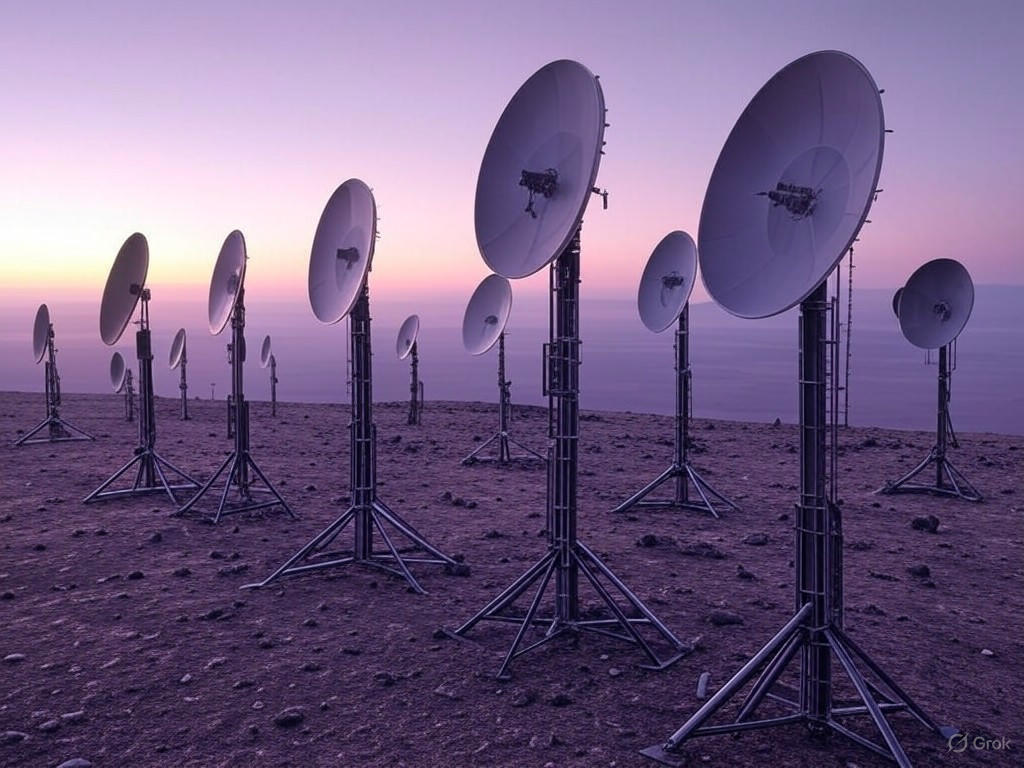In the realm of space exploration, communication is a critical factor that determines the success and efficiency of missions. As humanity sets its sights on deeper and more distant regions of space, the future of deep space communication becomes increasingly important. This article delves into the latest developments and future prospects in deep space communication, focusing on technologies like laser communication, the role of NASA, and the challenges of data transmission across vast distances.
Advancements in Laser Technology
One of the most promising developments in deep space communication is the use of laser technology. Unlike traditional radio frequency systems, laser communication offers higher data transmission rates and more efficient use of power. NASA's Deep Space Optical Communications (DSOC) project is a prime example of this technology in action. Scheduled to launch in 2023 aboard the Psyche spacecraft, DSOC aims to demonstrate the potential of laser communication from distances as far as Mars.

NASA's Role in Deep Space Communication
NASA has been at the forefront of developing and implementing new communication technologies for space exploration. The agency's Deep Space Network (DSN) is a global network of large antennas and communication facilities that support interplanetary spacecraft missions. As missions venture further into the solar system, NASA continues to invest in upgrading the DSN to handle increased data loads and maintain reliable communication.
Challenges of Deep Space Communication
Communicating across the vast distances of space presents several challenges. Signal delay, or latency, is a significant issue; for instance, it takes about 20 minutes for a signal to travel from Earth to Mars and back. Moreover, the strength of the signal decreases with distance, requiring powerful transmitters and highly sensitive receivers. Future missions to the outer planets and beyond will need even more advanced solutions to these problems.
Future Prospects and Innovations
The future of deep space communication is not only about overcoming current challenges but also about exploring new possibilities. One such innovation is the concept of an interplanetary internet, which would allow spacecraft to communicate with each other and with Earth more efficiently. Additionally, the development of smaller, more powerful antennas and the use of artificial intelligence to optimize signal processing are areas of active research and development.

Conclusion
As we continue to push the boundaries of space exploration, the future of deep space communication will be crucial to our success. With ongoing advancements in laser technology, the efforts of organizations like NASA, and innovative solutions to the challenges of data transmission, we are on the brink of a new era in space communication. The journey ahead is filled with both opportunities and obstacles, but with continued investment and research, the future looks bright for deep space communication.